Why Specification of Touchless Faucets & Soap Dispensers Matters
The specification process for touchless faucets and soap dispensers is not merely about selecting fixtures. In commercial architecture, these systems serve as compliance anchors, hygiene infrastructure, sustainability levers, cost-control mechanisms, and brand reinforcements. Proper specification ensures that what could otherwise be seen as “simple products” become strategic building assets that add measurable, long-term value for owners, operators, and users alike.
Anchor Compliance
Modern building codes demand more than functionality. Public restrooms must meet ADA accessibility, UPC/IPC plumbing codes, and NSF/ANSI certifications. By specifying products that meet these standards, architects eliminate the risk of inspection delays, liability exposure, or costly retrofits.
✅ Strategic Outcome: Fixtures become compliance anchors that secure approvals and protect owners.
Elevate Hygiene
Touchless technology transforms restrooms into public health infrastructure:
- Eliminates shared touchpoints to reduce germ spread.
- Dispenses consistent water and soap volumes for effective handwashing.
- Supports infection-control protocols in hospitals, schools, and transit hubs.
- Increases user confidence—studies show 70% of people perceive touchless restrooms as cleaner and safer.
✅ Strategic Outcome: Fixtures safeguard health and trust, not just cleanliness.
Drive Sustainability
Specification ensures sustainability isn’t left to chance:
- Faucets with 0.35–0.5 GPM restrictors save 30–50% water.
- Foam dispensers reduce soap use by 30–40%.
- Multifeed systems cut packaging waste and refill frequency.
These benefits contribute directly to LEED and WELL credits while lowering operating costs.
✅ Strategic Outcome: Fixtures function as sustainability levers that align with ESG and certification goals.
Control Operational Costs
Lifecycle performance matters as much as initial design:
- ≥300,000 cycle-tested valves ensure durability.
- Dual power (AC + battery backup) guarantees uptime.
- IoT-enabled dispensers allow predictive maintenance and reduce service calls.
Instead of creating maintenance burdens, specified fixtures become predictable and cost-efficient.
✅ Strategic Outcome: Fixtures act as operational assets, lowering total cost of ownership (TCO).
Reinforce Design Integrity
Restroom fixtures are visible touchpoints that influence brand perception. Specification guarantees:
- Finish consistency across faucets, dispensers, and accessories.
- Alignment with luxury hospitality, institutional durability, or healthcare resilience.
- Avoidance of mismatched hardware that undermines architectural intent.
✅ Strategic Outcome: Fixtures serve as brand signatures, extending design integrity into restrooms.
Build Professional Trust
When architects and engineers specify with confidence, they demonstrate mastery of codes, lifecycle economics, user experience, and sustainability standards. This elevates their role from product selector to strategic advisor, strengthening long-term client relationships.
✅ Strategic Outcome: Specification reinforces professional authority and client trust.
📊 Strategic Impact at a Glance
| Strategic Pillar | Without Specification | With Specification |
|---|---|---|
| Compliance | Risk of inspection failure | Certified, risk-free approvals |
| Hygiene | Germ spread, user distrust | Safe, trusted hygiene infrastructure |
| Sustainability | Resource waste, no LEED/WELL | Water/soap savings, certifications |
| Cost Efficiency | High OPEX, frequent failures | Predictable ROI, lower lifecycle costs |
| Design Integrity | Mismatched finishes | Cohesive, brand-aligned design |
| Professional Trust | Seen as “product pickers” | Trusted advisors to owners |
Conclusion
Specifying touchless faucets and soap dispensers is not just about product choice — it is a strategic design decision. Done properly, these systems:
- Anchor compliance
- Elevate hygiene
- Drive sustainability
- Control costs
- Reinforce design integrity
- Build professional trust
Through confident specification, architects transform everyday fixtures into long-term building assets, ensuring owners, operators, and users benefit from environments that are compliant, safe, sustainable, cost-efficient, and design-forward.
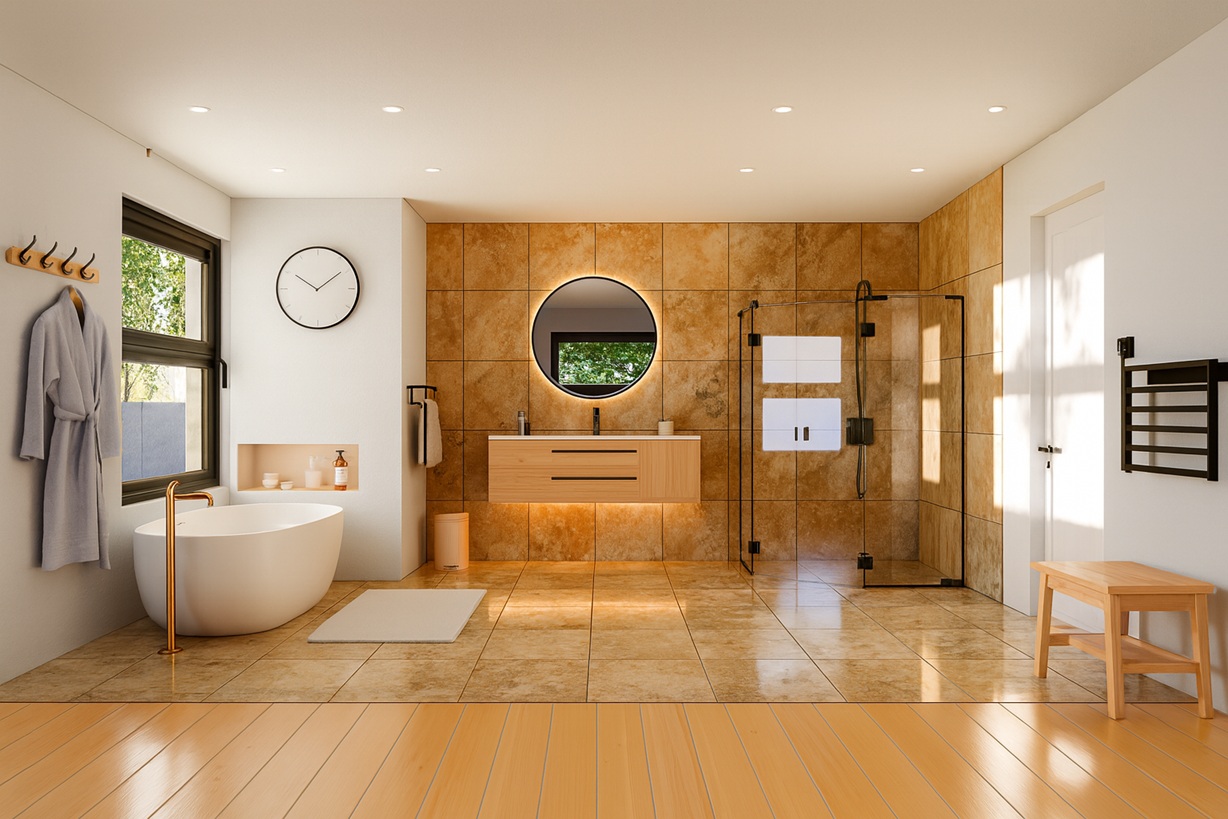
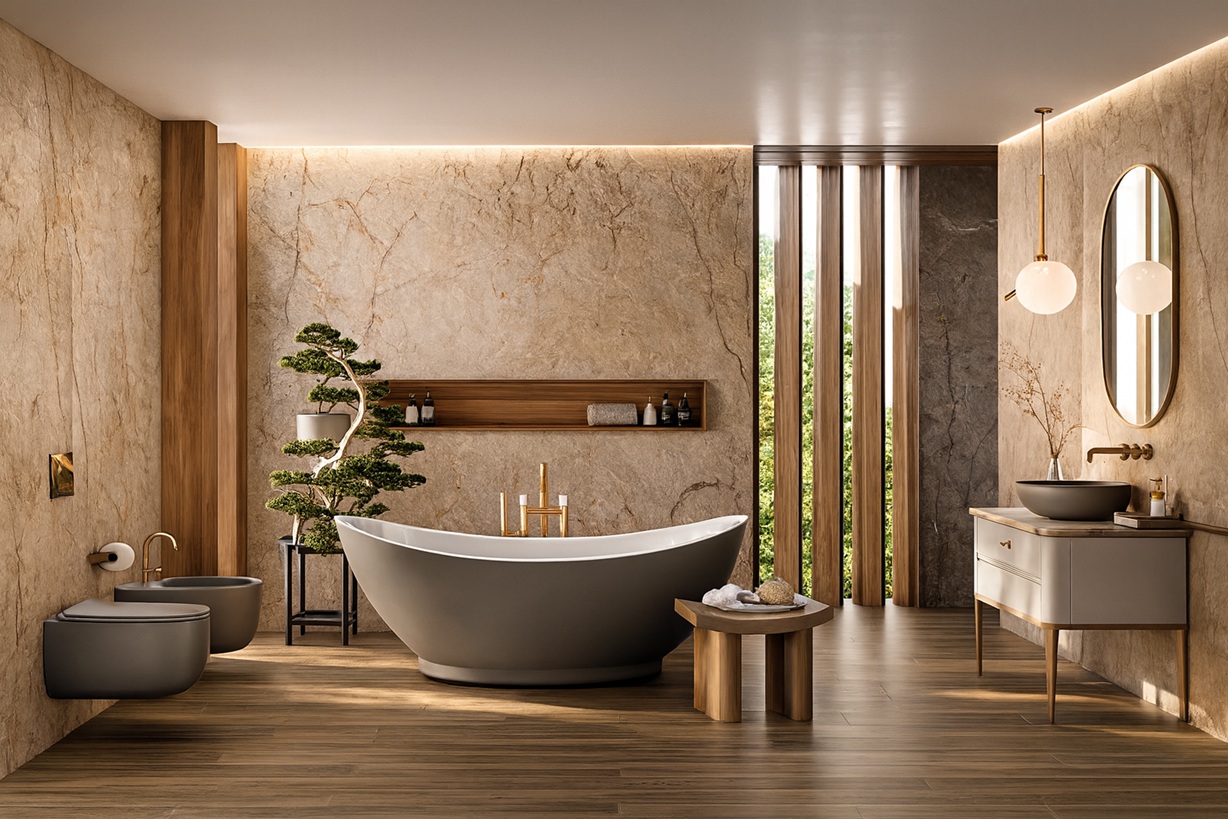
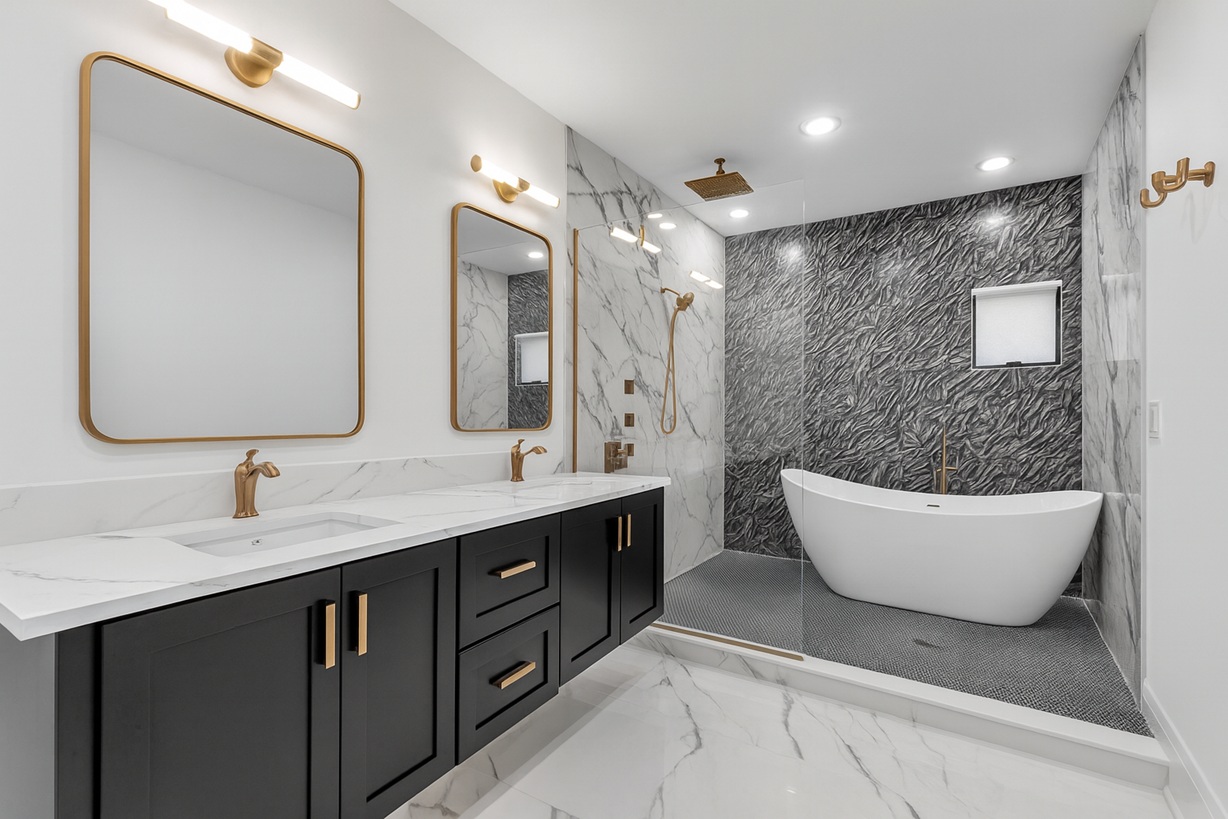
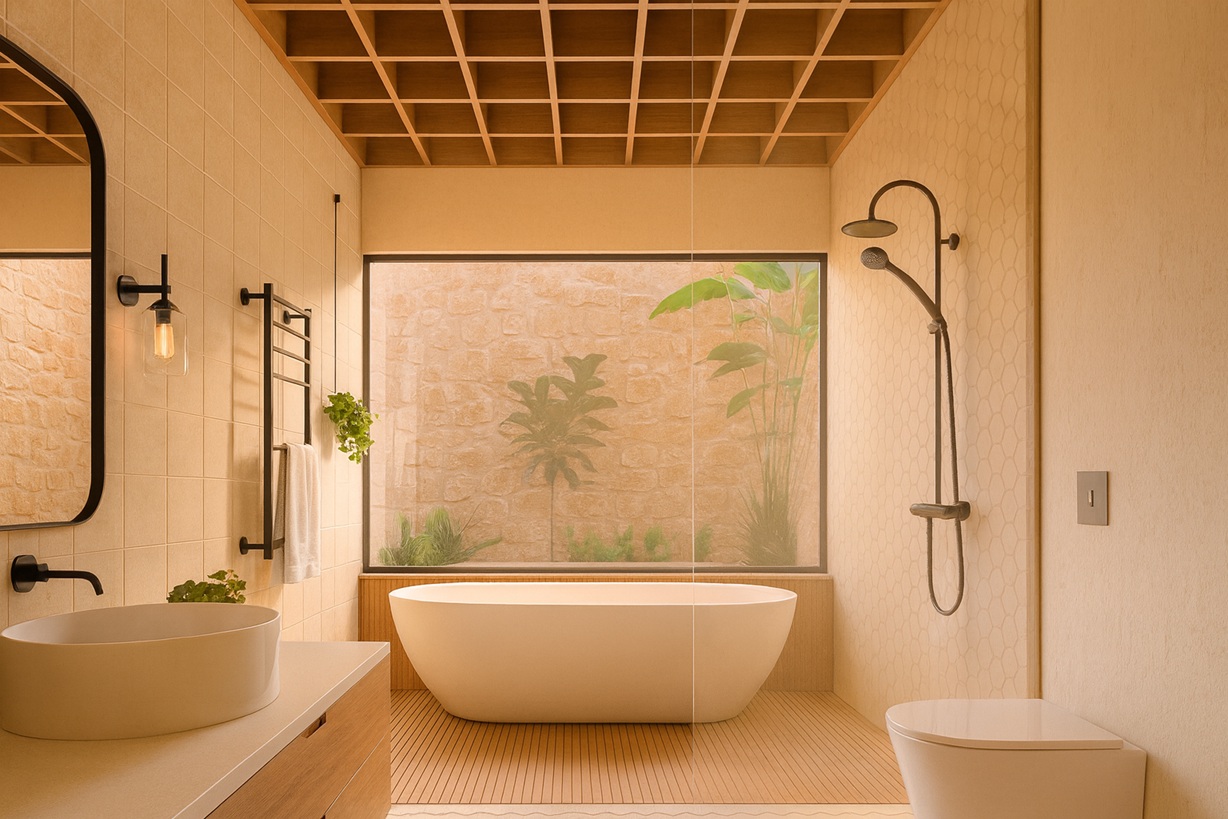
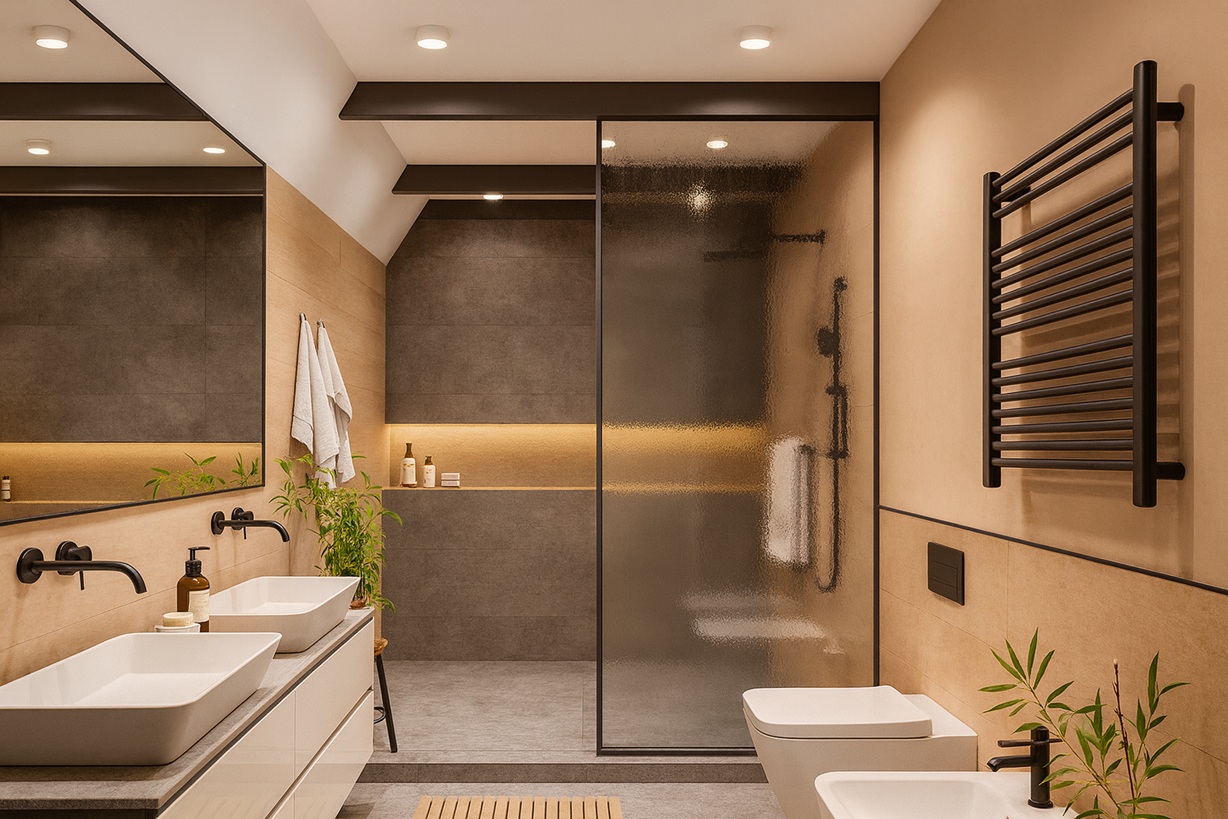

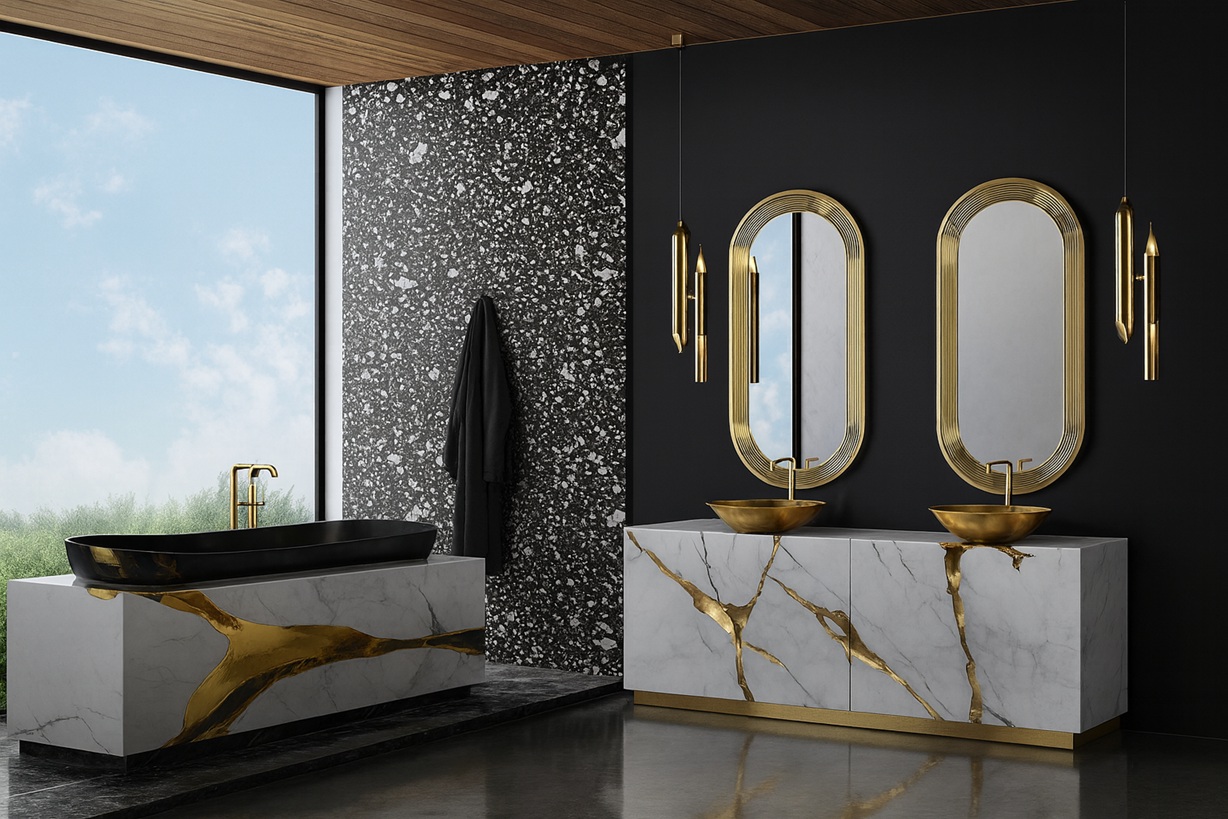
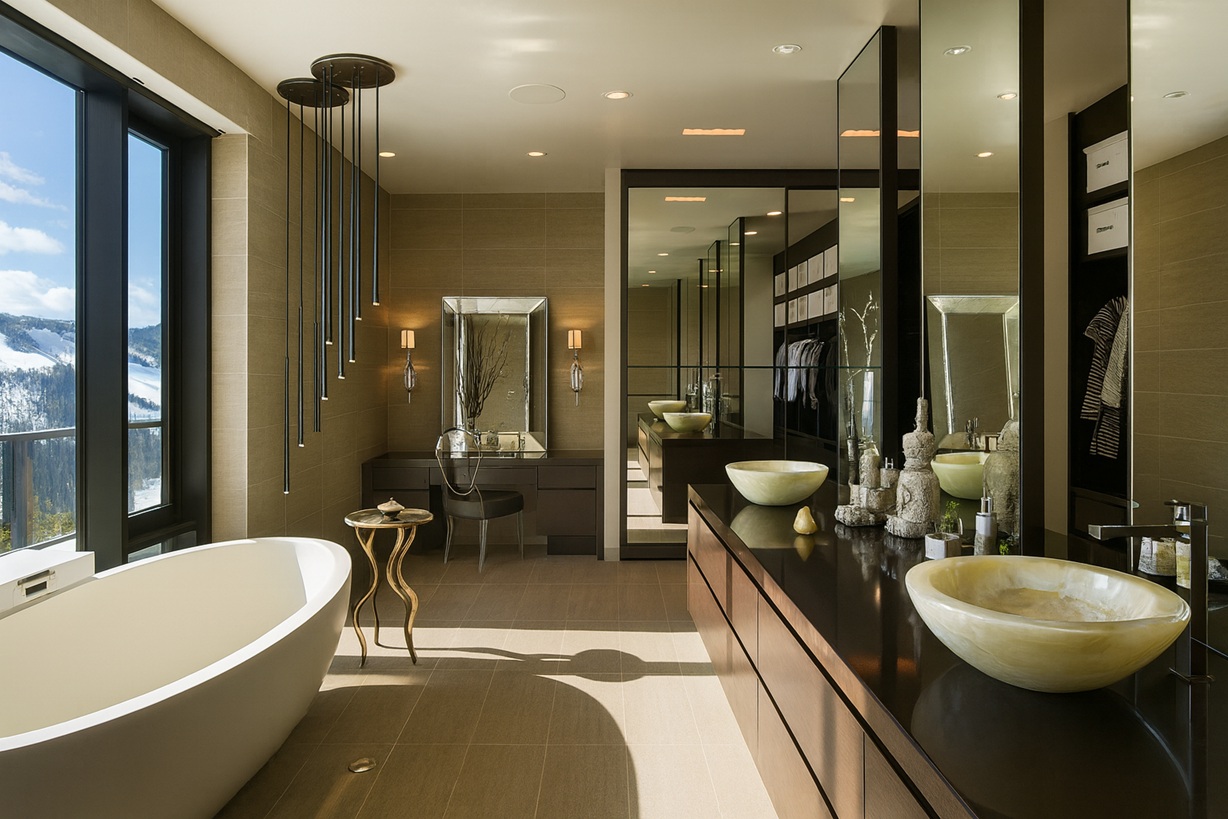

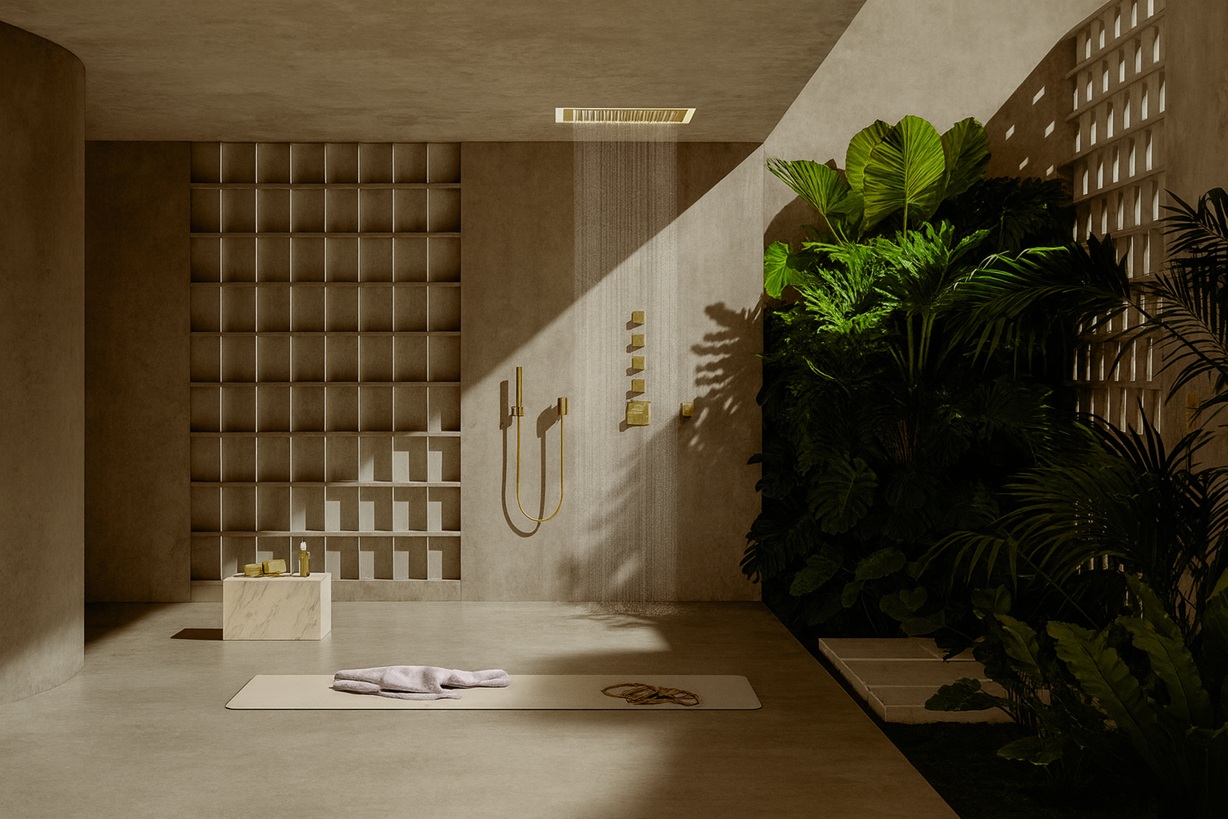
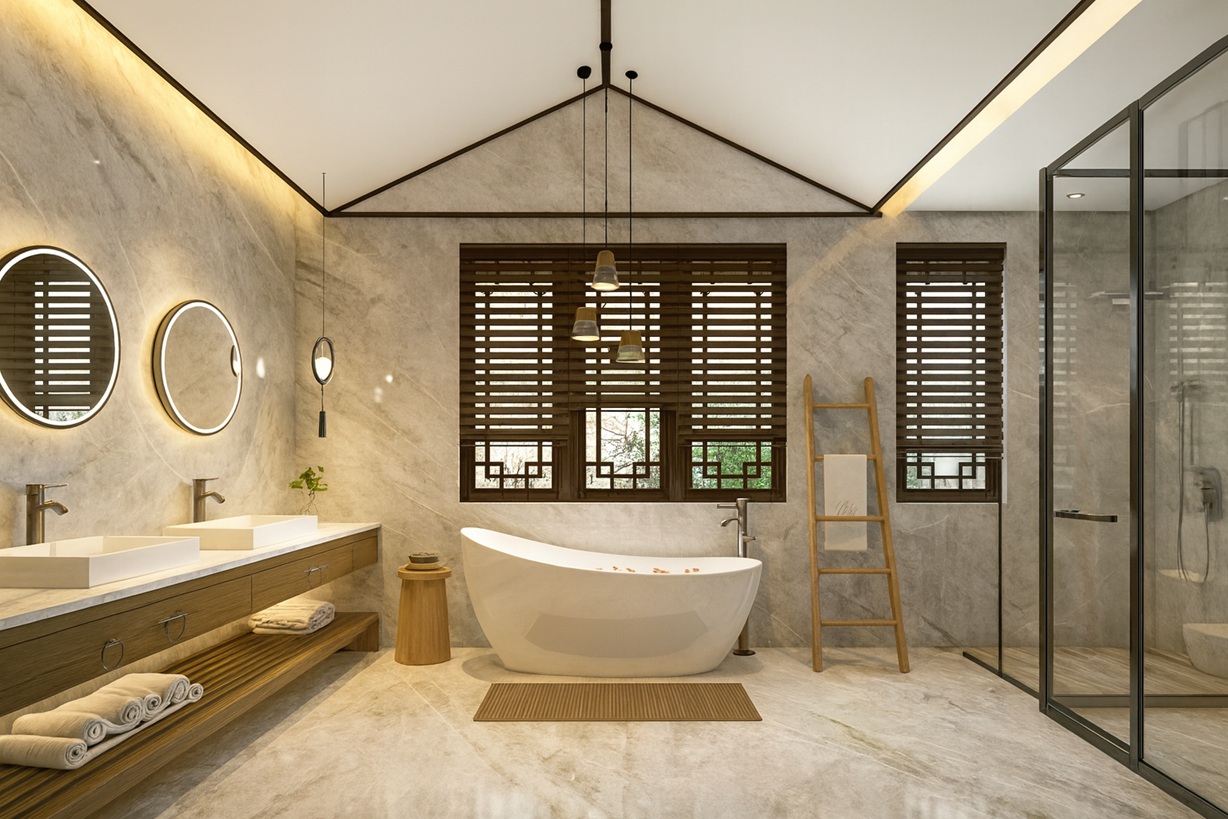
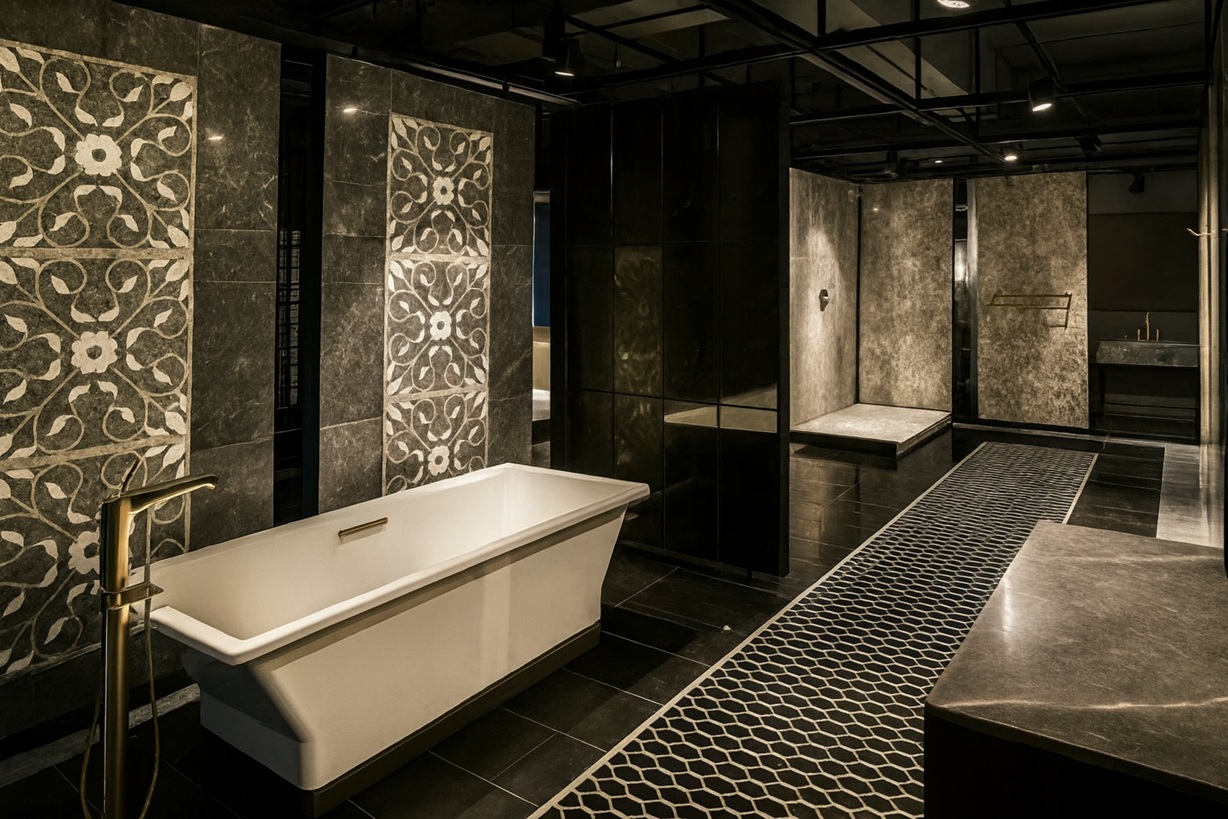
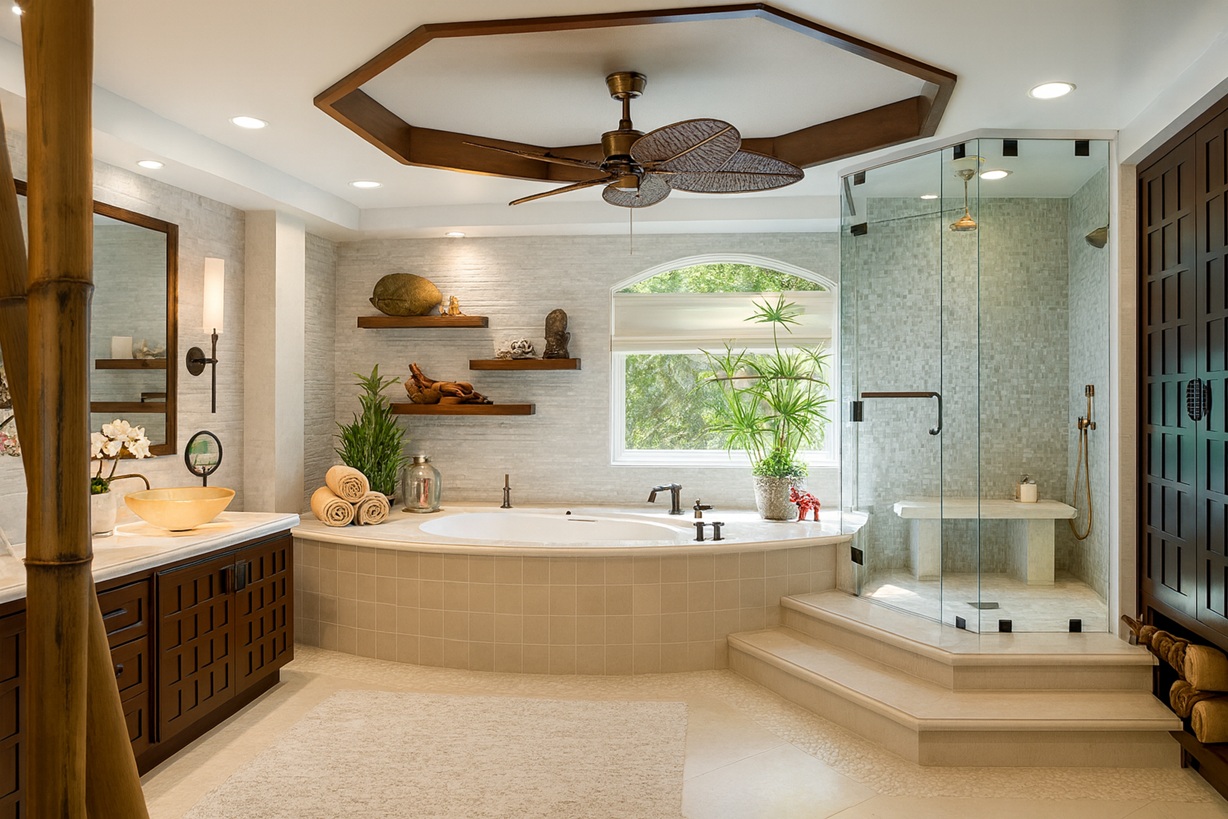
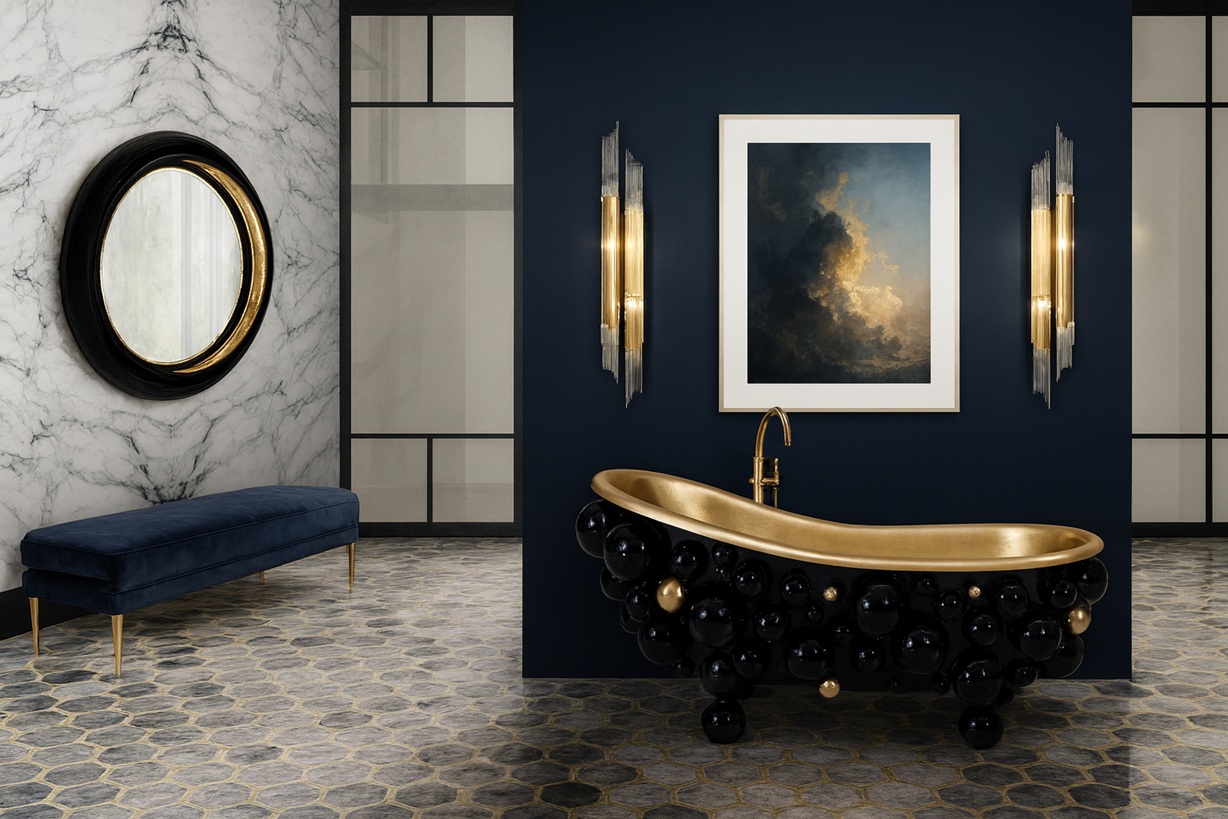
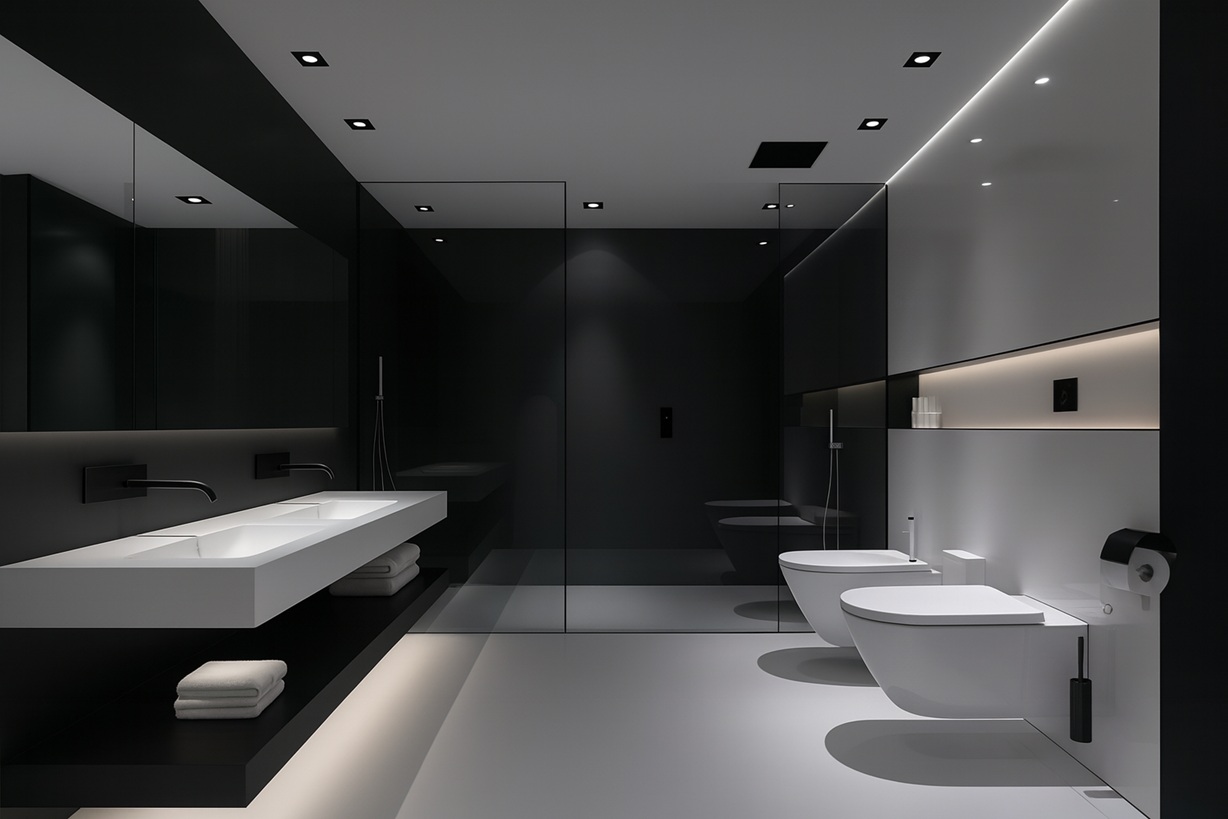
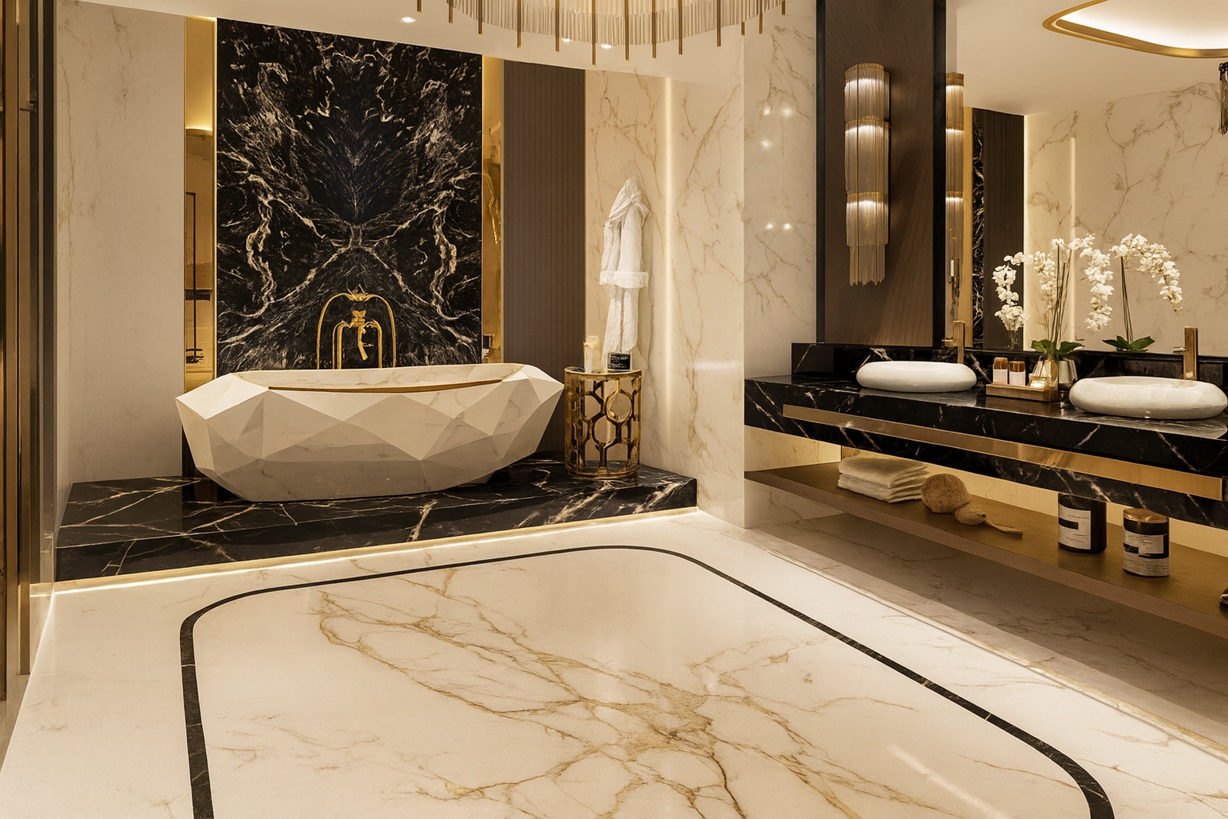
No responses yet